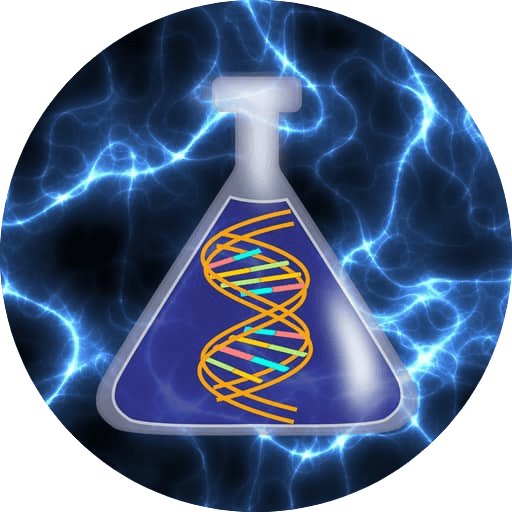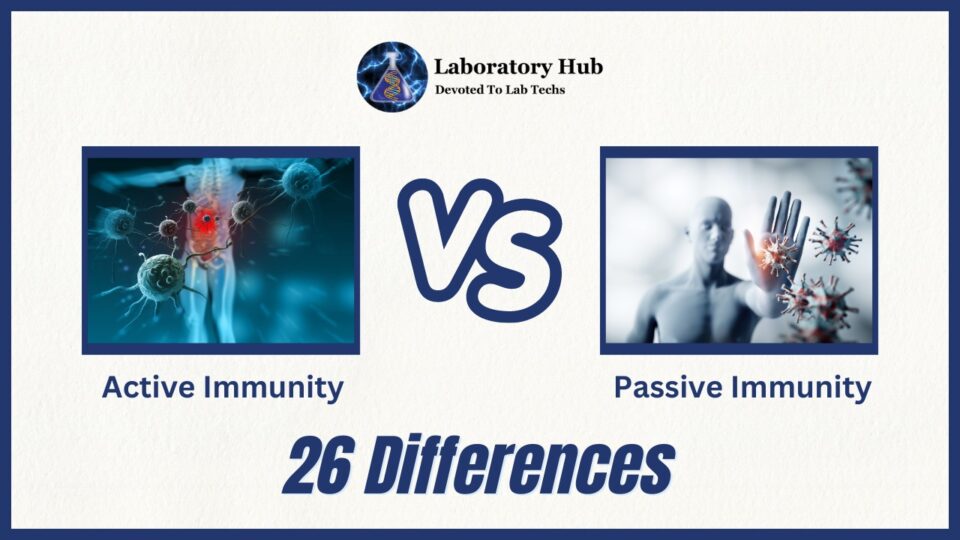Our immune system fights germs, viruses, and parasites. Its sophisticated network of cells, tissues, and organs detects and eliminates intruders. Active and passive immunity protect against infections and illnesses.
Active immunity develops from infection or vaccination. It produces immunological responses that kill germs. Active immunity can be obtained naturally or artificially. Natural active immunity protects and remembers pathogens for future exposures. However, vaccines contain weakened or inactivated pathogens or their components to boost the immune system without producing illness.
Passive immunity uses pre-formed antibodies from another source to give temporary protection. These antibodies can be obtained naturally through the placenta or breast milk, or artificially by providing antibody-rich blood products or immunoglobulin preparations from immune persons. Passive immunity protects against certain diseases quickly, but it doesn’t last. Transferred antibodies directly neutralize and kill infections, but once they decay or leave the body, protection decreases.
Active and passive immunity have distinct uses. Vaccinations require active immunity for long-term illness prevention. It creates memory cells that can detect and fight the same infection in the future. Passive immunity, on the other hand, provides short-term protection in emergencies or for people who cannot generate their own immune response. It is especially beneficial for those with impaired immune systems or significant infection threats.
In immunology, understanding active and passive immunity affects vaccination, disease prevention, and therapeutic approaches. Medical experts may fight infectious illnesses and improve global health by using both forms of immunity.
|
S. No. |
Aspect |
Active Immunity |
Passive Immunity |
|
1 |
Definition |
Immunity acquired through the production of antibodies by the individual’s own immune system |
Immunity acquired from the transfer of pre-formed antibodies |
|
2 |
Source of Antibodies |
Antibodies are produced by the individual’s own immune system |
Antibodies are acquired from an external source (donor) |
|
3 |
Time of Onset |
Takes time to develop, usually after exposure to an antigen or through vaccination |
Immediate onset of protection |
|
4 |
Duration |
Long-lasting protection |
Temporary protection |
|
5 |
Memory |
Develops immunological memory for future encounters with the same antigen |
No memory is developed |
|
6 |
Active Involvement |
Requires active participation of the immune system in producing antibodies |
No active involvement of the recipient’s immune system |
|
7 |
Response to Antigens |
Responds to specific antigens encountered by the individual |
Does not respond to specific antigens, rather provides immediate antibody-mediated protection |
|
8 |
Examples |
Acquired through natural infection or vaccination |
Transferred through placenta (maternal antibodies), breastfeeding (colostrum), or antibody injections |
|
9 |
Primary Response |
Slower response initially, but stronger and faster upon subsequent exposure to the same antigen |
Immediate and effective response, but no memory development |
|
10 |
Immunization |
Can be achieved through vaccination or exposure to pathogens |
Does not involve immunization |
|
11 |
Transferability |
Cannot be transferred from one individual to another |
Can be transferred from a donor to a recipient |
|
12 |
Protection During Pregnancy |
Provides limited protection to the fetus during pregnancy |
Provides significant protection to the fetus during pregnancy |
|
13 |
Antibody Types |
Induces the production of various types of antibodies (IgM, IgG, IgA, etc.) |
Receives specific antibodies (usually IgG) from the donor |
|
14 |
Risk of Allergy |
Lower risk of inducing allergies |
Potential risk of allergic reactions in the recipient |
|
15 |
Autonomy |
Relies on the individual’s immune system for antibody production |
Not reliant on the recipient’s immune system |
|
16 |
Transfer Methods |
Cannot be transferred through direct contact or close proximity |
Can be transferred through blood transfusion, placenta, colostrum, or antibody injections |
|
17 |
Need for Boosters |
May require booster shots to maintain long-term immunity |
No need for booster shots as the antibodies are already present |
|
18 |
Role in Vaccination |
Active immunization is the basis for vaccination programs |
Passive immunization is not used for vaccination purposes |
|
19 |
Role in Autoimmunity |
Can contribute to the development of autoimmune diseases |
Does not directly contribute to autoimmunity |
|
20 |
Cost |
Generally more cost-effective in the long run |
Can be costly, especially if antibody injections are required |
|
21 |
Protection Period |
Provides long-term protection against future infections |
Provides immediate but short-term protection |
|
22 |
Role in Neonates |
Neonates rely on passive immunity from maternal antibodies |
Neonates have a developing active immune system but can also receive passive immunity |
|
23 |
Immune Response Strength |
Active immunity provides a stronger and more versatile immune response |
Passive immunity provides an immediate but relatively weaker immune response |
|
24 |
Variability |
Response may vary between individuals based on their immune system |
Response is consistent as the antibodies are acquired directly from a known source |
|
25 |
Role in Immune Disorders |
Can be compromised in certain immune disorders or immunodeficiencies |
Can provide temporary relief or protection in individuals with weakened immune systems |
|
26 |
Examples of Diseases |
Protection against infectious diseases such as measles, mumps, and hepatitis B |
Treatment or prevention of diseases like tetanus, rabies, or in individuals with immunodeficiencies |
Also read: Top 21 Difference Between Red Blood Cells And White Blood Cells (RBCs Vs. WBCs)
Frequently Asked Questions (FAQS)
Q1. What is active immunity?
Active immunity is an individual’s immunological response to pathogens or immunization. It produces antibodies and memory cells that guard against the same disease in the future.
Q2. How is passive immunity different from active immunity?
Passive immunity occurs when pre-formed antibodies from the placenta or immunoglobulins are transferred to the body. The transplanted antibodies directly attack germs without the body’s immune system, providing temporary protection.
Q3. How is active immunity acquired naturally?
Pathogen-induced disease activates natural immunity. The immune system produces antibodies and memory cells to defend against pathogens.
Q4. What is the role of vaccines in active immunity?
Vaccines provide active immunity. They engage the immune system without producing illness by including weakened or inactivated infections or their components. Immunity and memory cells from vaccines prevent subsequent illnesses.
Q5. How does passive immunity occur naturally?
A fetus or child receiving maternal antibodies through the placenta or breast milk develops natural passive immunity. Until the baby’s immune system matures, these antibodies guard against certain diseases.
Q6. When is passive immunity used in medical settings?
Emergency or immunocompromised patients employ passive immunity. Immunoglobulin or antibody-rich blood products can deliver it. Passive immunity protects immediately but doesn’t remember.
Q7. Can passive immunity be used as a preventive measure?
In outbreaks or high-risk cases, passive immunity can defend against a specific disease. It doesn’t protect or boost the immune system.
Q8. Which type of immunity is more durable, active or passive?
Active immunity outlasts passive immunity. Active immunity from natural infection or vaccination produces memory cells that recognize and respond to specific pathogens. Passive immunity relies on transmitted antibodies, which decay and are eliminated, removing protection.
Q9. Can active and passive immunity be used together?
Active and passive immunity can work together. In severe infections, passive immunity can give immediate protection while immunization stimulates the immune system to produce long-term active immunity.
Q10. Can a person have both active and passive immunity against the same pathogen?
Active and passive immunity to the same virus is conceivable. An individual who has been vaccinated against a disease and then acquires passive immunity by antibody transfusion would have both the acquired immunity from vaccination and the temporary protection from the transplanted antibodies.
User Review
( votes)
Laboratory Hub aims to provide the Medical Laboratory Protocols & General Medical Information in the most easy to understand language so that the Laboratory Technologist can learn and perform various laboratory tests with ease. If you want any protocol to be published on Laboratory Hub, Please drop a mail at contact@laboratoryhub.com. Happy Learning!

